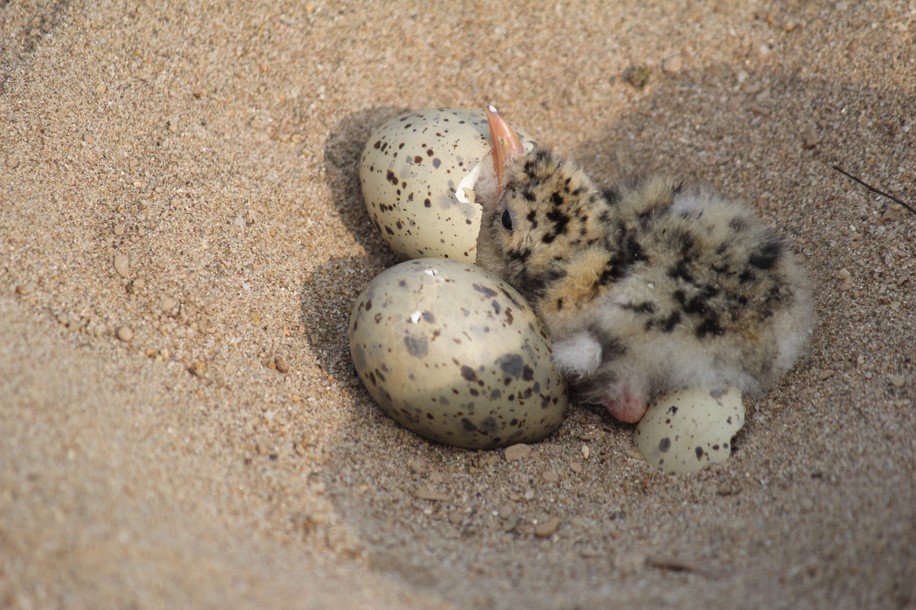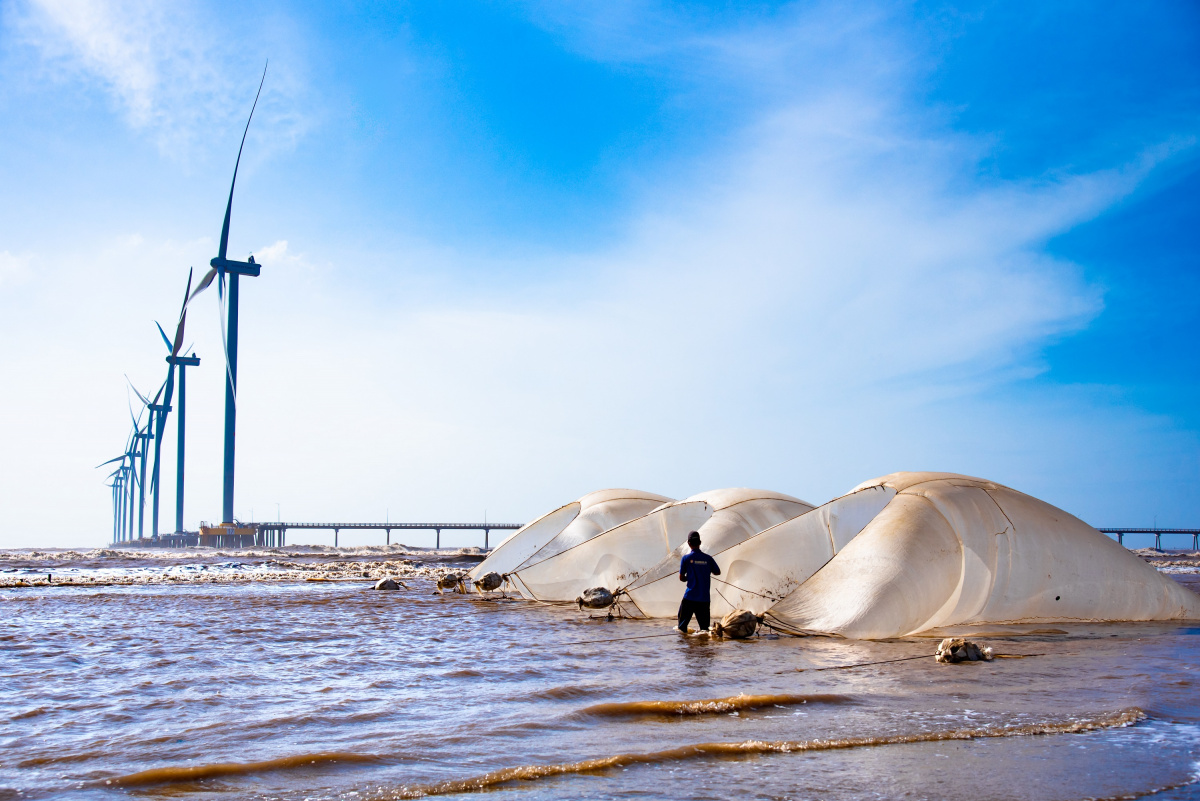Biodiversity in Cambodia: protecting water birds, creating strong riverine communities
The Sesan, Sekong and Sre Pok (3S) rivers of Cambodia, Lao PDR and Viet Nam together form the largest and most important transboundary watersheds and tributaries to the Mekong River. Aside from providing food and livelihoods to over three million people living near the lower Mekong, the basins are known for their rich ecosystems and are home not just to numerous fish species, but also to unique bird biodiversity.

Photo: Royal University Phnom Penh
In Cambodia, many parts of the 3S River Basin have been classified as Important Bird Areas (IBAs), in recognition of their exceptional avian diversity and significant role in sustaining water birds.
Unfortunately, in recent years, experts have reported that bird populations in the IBAs have been declining due to habitat destruction and human impacts. To address the decline of bird populations, the Royal University of Phnom Penh (RUPP), in collaboration with Wildlife Conservation Cambodia (WCC) and Birdlife International, implemented a three-year community-based conservation project that engaged local communities in bird nest protection.
Entitled 'Strengthening Community Based Bird Biodiversity Conservation and Monitoring through Local Livelihood Improvement and Capacity Building in 3S River Basin, Cambodia', the project, implemented through a large grant from the Critical Ecosystems Partnership Fund (CEPF), aimed to preserve the habitats of six bird species: River Tern; River Lapwing; Great Thick-knee; Mekong Wagtail; Small Pratincole; and Little Ringed Plover. Among these species, two (River Lapwing and Great Thick-knee) are listed as Near Threatened on the IUCN Red List of Threatened Species™. Preserving the habitats of these birds also means preserving critical ecosystems on which many communities rely.
Understanding that community empowerment is key to sustaining long-term conservation, the project utilised a participatory, community-based approach. Within three years of implementation, local communities endorsed voluntary conservation agreements to protect 247 nests of regionally threatened water birds, as well as two nests of globally threatened softshell turtles.
“The critical success factor was the strong focus on participatory community-based methodologies,” said Dr. Seak Sophat, project lead for RUPP. “We consulted with communities at every step of the project. We learned that we needed to be flexible and tailor our approach to what is appropriate for each community since they all have different needs and capacities.”
One of the project’s main interventions was to offer incentives to communities through the bird nest protection scheme. To prevent sand-bar nesting birds from being mistreated, the project paid communities to guard bird nests. Aside from offering incentives, RUPP also worked with communities to develop strategies to diversify livelihood options, so as to minimize the occurrence of bird habitat destruction.
Additionally, the project embedded bird conservation in Community Fisheries (CFi) management plans. RUPP conducted several community meetings designed to support villages in the creation and designation of CFi areas. They also held capacity-building workshops to train local people in monitoring and developing methodologies for nest protection and community fisheries management.
By doing so, the project successfully reanimated three community fisheries that had been legally designated by the Fisheries Administration but had subsequently become inactive. It supported the development of management plans for these designated community fisheries, which protected critical aquatic habitats for fish and adjacent sandbar habitats important for water birds and turtles. Two more proposals for legally designated community fisheries are now under consideration by the provincial governor’s office.
Through these and other measures, the project resulted in increased nesting success of the target species. Over the course of the project, populations of sandbar-nesting water birds remained stable or increased slightly. Notably, within the project areas, there was an increase in the number of nesting pairs of River Tern, the most threatened riverine bird in Cambodia.
“Local participation in community-based bird monitoring and conservation is not just an important first step in protecting threatened species and ecosystems,” said Jack Tordoff, Managing Director of CEPF. “This project shows that a strong focus on community engagement is perhaps the most essential element in sustaining conservation gains. We hope this can be a model for further conservation initiatives that will protect nature in the 3S Basin for present and future generations.”
About CEPF
Founded in 2000, the Critical Ecosystem Partnership Fund is a global leader in enabling civil society to participate in and benefit from conserving some of the world’s most critical ecosystems by providing grants for organisations to help protect biodiversity hotspots, Earth’s most biologically rich yet threatened areas. CEPF is a joint initiative of l'Agence Française de Développement, Conservation International (IUCN Member), the European Union, the Global Environment Facility, the Government of Japan (IUCN State Member), and the World Bank.
IUCN is leading the second phase of CEPF's work in the Indo-Burma hotspot, working together with the Myanmar Environment Rehabilitation-conservation Network (MERN) and Kadoorie Farm and Botanic Garden (KFBG) to form the CEPF Regional Implementation Team (RIT).



